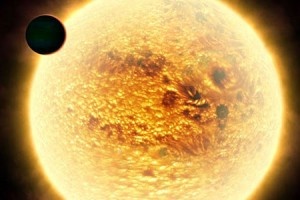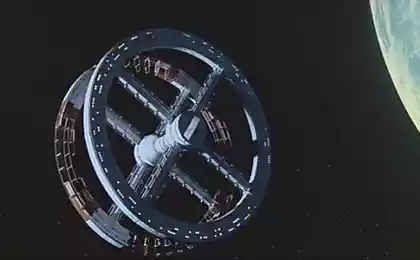1149
Interesting cosmic discoveries of recent years

Planetary science made several discoveries in 2008 - 20010 years, of which many people do not even know. Astronomers have discovered at least 50 new planets, called "exoplanet" this year. "It was a very interesting year for the opening of exoplanets, said Michael Liu, an astronomer at the University of Hawaii. "The overall picture is one that a wide range of new technologies that really allows astronomers to do much more sensitive measurements, and thus leading to the discovery of gold." So far, more than 300 extrasolar planets have been discovered. Many astronomers believe that some of them can find a second Earth. In November, two teams of astronomers reported that they took pictures of exoplanets. With regular reports from the NASA Phoenix Mars Lander, which is now on the Red Planet in our planetary neighbor got a lot of attention. New data and photos keep coming out Reconnaissance Orbiter NASA Mars Exploration Rover. One of the main objectives of these missions is to search for signs of past or present water, the main ingredient for life. When Phoenix Lander collected water ice near the North Pole of Mars, this year, the astronomical world was stunned. Earlier this year, Spirit found deposits of silica in Gusev Crater, scientists believe that the hot water once flowed through the soil in hydrothermal vents, which may have harbored life. And if life did exist there at the same time, silica could hold fossils. One of the most fantastic research projects in 2008 - study the mysterious "force" - "dark energy." This force was discovered about 10 years ago. Scientists acknowledge that their study is still in a very preliminary stage, but failed to use the new method by which it was confirmed the existence of dark energy. The basic concept is that the expanding universe dominated by dark energy, rather than the galaxy. Now that Pluto is no longer a planet, Mercury has taken its place as the smallest planet in our solar system. Mercury remained shrouded in mystery until the beginning of 2008, when the NASA probe made its first flyby of Mercury around, starting with the job - to take pictures of the entire planet. The first images indicated a clear indication of the existence of volcanoes. Photos showed lava flows in the basins and volcanoes. Thousands of other images sent from the probe may shed light on other mysteries of Mercury, including the core of the planet, which is about 2/3 of the mass of the planet. Astronomers predict that the coming year will bring us even more confidence in the discovery of planets that could be twins Earth.
























